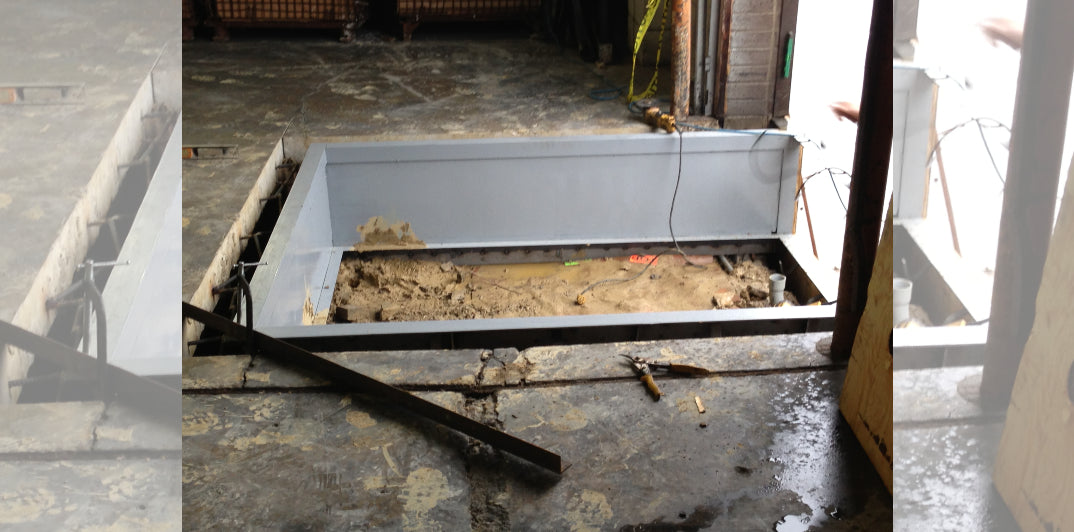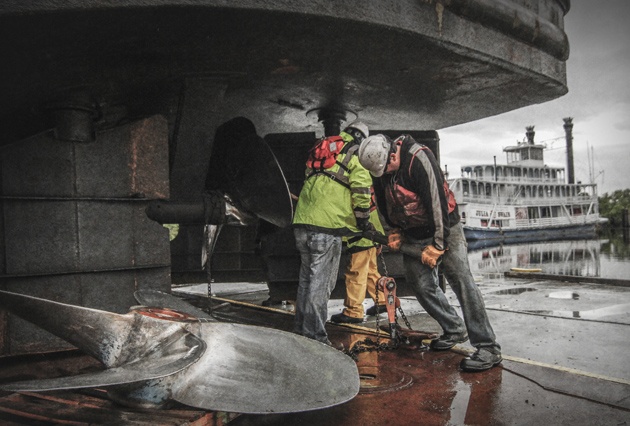How to Choose the Right Solution for Your Dock Repairs
How to Choose the Right Solution for Your Dock Repairs
Blog Article
Efficient Dock Repair Work Techniques: Making Sure Structural Stability
Guaranteeing the structural stability of docks through efficient repair service methods is vital for the durability and security of marine facilities. This entails a multi-faceted strategy beginning with thorough examinations utilizing sophisticated technologies like sonar tools and from another location operated cars (ROVs) to discover both visible and hid problems. Consequently, selecting the right fixing products, such as corrosion-resistant alloys and composite materials, is essential for resilience. Architectural support techniques, including the application of cross-bracing systems and load-distribution plates, play an important role in mitigating stress factors. Nevertheless, the significance of these strategies becomes noticeable when checking out advanced repair service methods and preventative upkeep methods.
Examining Dock Damages
Evaluating dock damage is a critical primary step in ensuring the architectural honesty and safety of any docking facility. This preliminary analysis involves an extensive assessment to determine both visible and concealed problems. Key aspects to analyze consist of the dock's foundation, pilings, decking, and hardware. Each component should be inspected for indications of wear, rot, deterioration, or various other kinds of degradation that could jeopardize the structural stability.
Structural engineers or qualified inspectors typically perform these assessments making use of specialized strategies and devices. Undersea assessments may employ finder tools or from another location operated cars (ROVs) to spot submerged damages. Over water, visual inspections are enhanced by using moisture meters and various other diagnostic devices to discover underlying issues not immediately noticeable to the nude eye.

Deciding On Fixing Materials
Selecting the ideal fixing materials is a pivotal action in the dock repair process, one that directly affects the longevity and performance of the repaired framework. Product selection have to be driven by aspects such as environmental problems, load-bearing demands, and compatibility with existing dock components.
In enhancement to wood, composite products are progressively popular because of their sturdiness and low upkeep requirements. Compounds, generally made from a mix of plastic and timber fibers, provide superb resistance to rot, bugs, and UV damages. For metal anchors, choosing corrosion-resistant alloys such as galvanized steel or marine-grade light weight aluminum is necessary to prevent rust and ensure architectural integrity in saline water conditions.
Epoxy resins and marine-grade sealers are indispensable for repairing fractures and securing joints, supplying a water-proof barrier and improving the dock's general toughness. By meticulously choosing top notch products, dock repairs can achieve resilient outcomes, thereby protecting versus future destruction and making certain safe, dependable use.
Structural Support Strategies
Reliable architectural reinforcement techniques are crucial in guaranteeing the stability and durability of dock repair services. One essential technique includes using steel or composite support bars (rebar) within concrete frameworks. Rebar supplies extra tensile toughness, protecting against splits and dispersing tons a lot more uniformly. This technique is especially efficient for docks subjected to heavy loads or harsh environmental problems.
Another crucial strategy is the application of fiber-reinforced polymers (FRP) These products offer click resources high strength-to-weight proportions and outstanding resistance to corrosion, making them optimal for reinforcing wooden or concrete docks. FRP can be used in sheets or strips and bound with epoxy resins to boost structural honesty.
Supporting and anchoring systems additionally play an essential role in architectural reinforcement. Cross-bracing, making use of metal or wood beam of lights, can counteract side forces, lowering persuading and movement. Securing systems, such as helical piers or driven piles, give a steady structure by transferring lots to deeper, extra steady dirt layers.
Finally, the assimilation of load-distribution plates can aid distribute weight extra equally throughout the dock's surface, minimizing local stress points. These strategies jointly ensure that anchors stay secure and robust, with the ability of withstanding the rigors of their operational setting.
Advanced Repair Approaches

An additional innovative strategy entails undersea welding, which enables for repair services to be carried out without the requirement to dewater the area. This technique is especially beneficial for dealing with structural problems in submerged dock components, ensuring marginal disturbance to procedures. Improved welding techniques, coupled with robot systems, supply precision and dependability, thus extending the lifespan of the dock.
In addition, cathodic defense systems are carried out to stop corrosion in go metal dock frameworks. By utilizing sacrificial anodes or amazed current systems, these strategies successfully alleviate the electrochemical processes that lead to product degeneration.
Finally, progressed tracking innovations, such as architectural health and wellness monitoring (SHM) systems, provide real-time information on the condition of dock frameworks. These systems make it possible for positive maintenance and prompt interventions, inevitably guaranteeing the long-term architectural integrity of the dock.
Upkeep and Prevention
Upkeep and prevention are basic ideas that underpin the long life and security of dock frameworks. Routine examinations are vital, allowing for early discovery of deterioration, possible weaknesses, and ecological effects. A positive technique, including routine checks for deterioration, rot, and structural shifts, minimizes costly repair services and prolongs the dock's operational life.
Safety nets must consist of applying protective coatings to metal parts to defend against corrosion and making use of treated timber to stand up to decay. Furthermore, making sure correct drainage and ventilation can stop water buildup, which is a common source of structural deterioration. Including top quality materials and adhering to maker standards throughout building and construction and repair phases likewise play vital duties in boosting resilience.

Educating personnel in dock maintenance ideal techniques makes sure constant application of safety nets. Leveraging technological advances, such as drones for examinations and sensing units for real-time tracking, can even more enhance upkeep efforts. By prioritizing upkeep and prevention, dock proprietors can make certain architectural integrity, operational safety and security, and economical management over the dock's life-span.
Verdict
In final thought, keeping the structural stability of aquatic centers necessitates detailed dock fixing techniques. Advanced repair service techniques, coupled with routine upkeep techniques, make certain the dock remains safe and functional under varied environmental conditions.
Guaranteeing the architectural honesty of anchors through effective repair work methods is vital for the long life and safety and security of marine facilities.Selecting the suitable repair work materials is an essential action in the dock repair procedure, one that directly affects the longevity and performance of the repaired structure.Reliable structural reinforcement techniques are important in guaranteeing the security and durability of dock fixings. By prioritizing maintenance and prevention, dock owners can ensure architectural honesty, functional security, and economical administration over the dock's lifespan.
In conclusion, keeping the architectural stability of marine centers necessitates thorough dock fixing methods.
Report this page